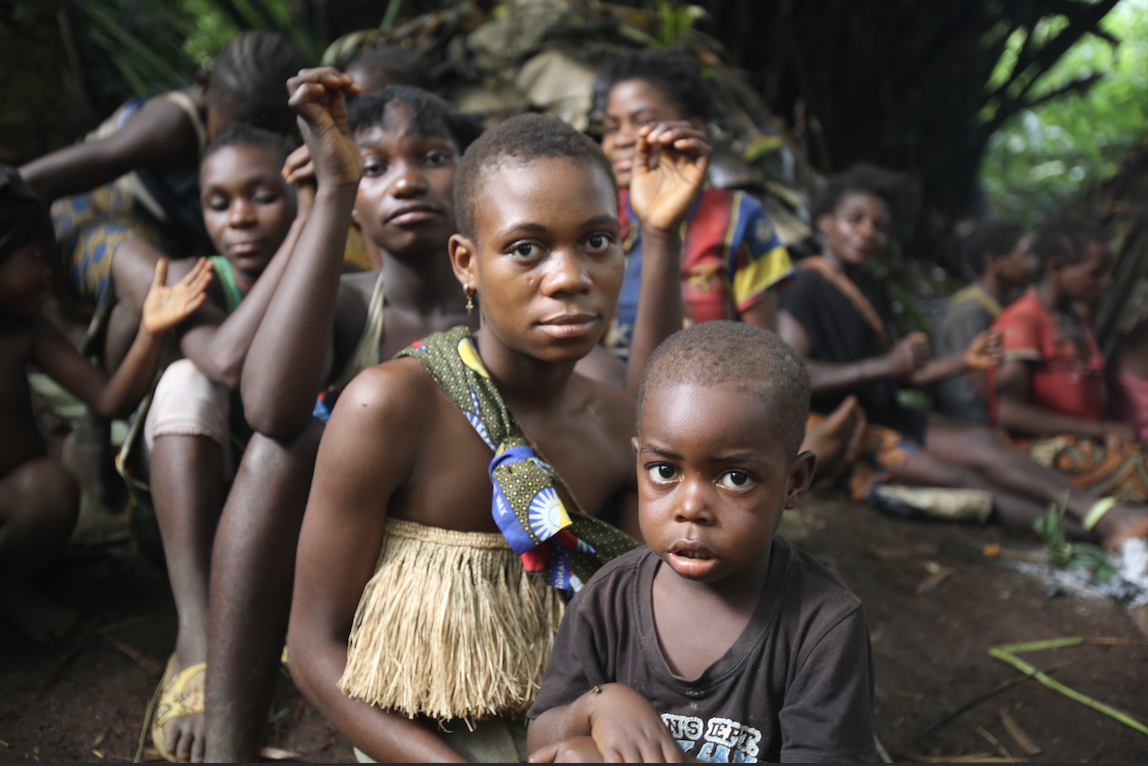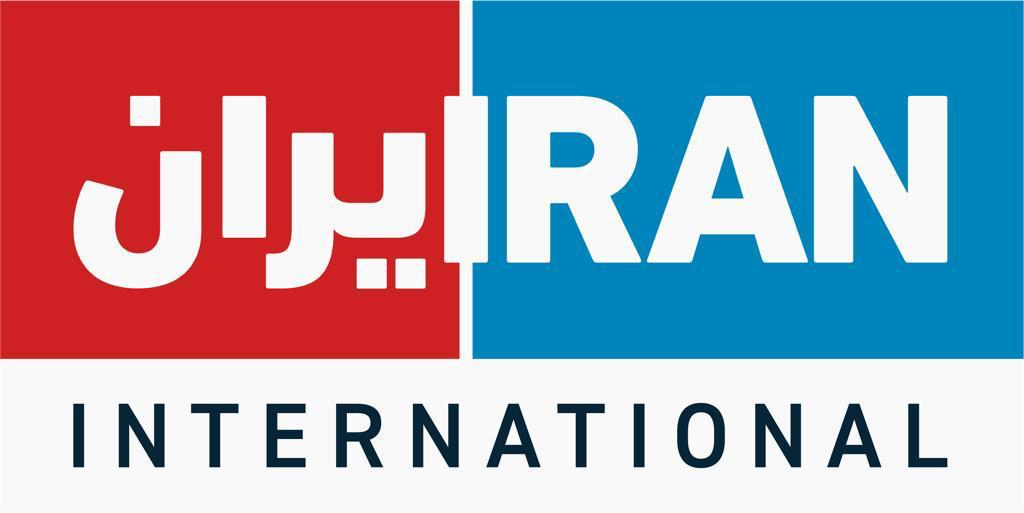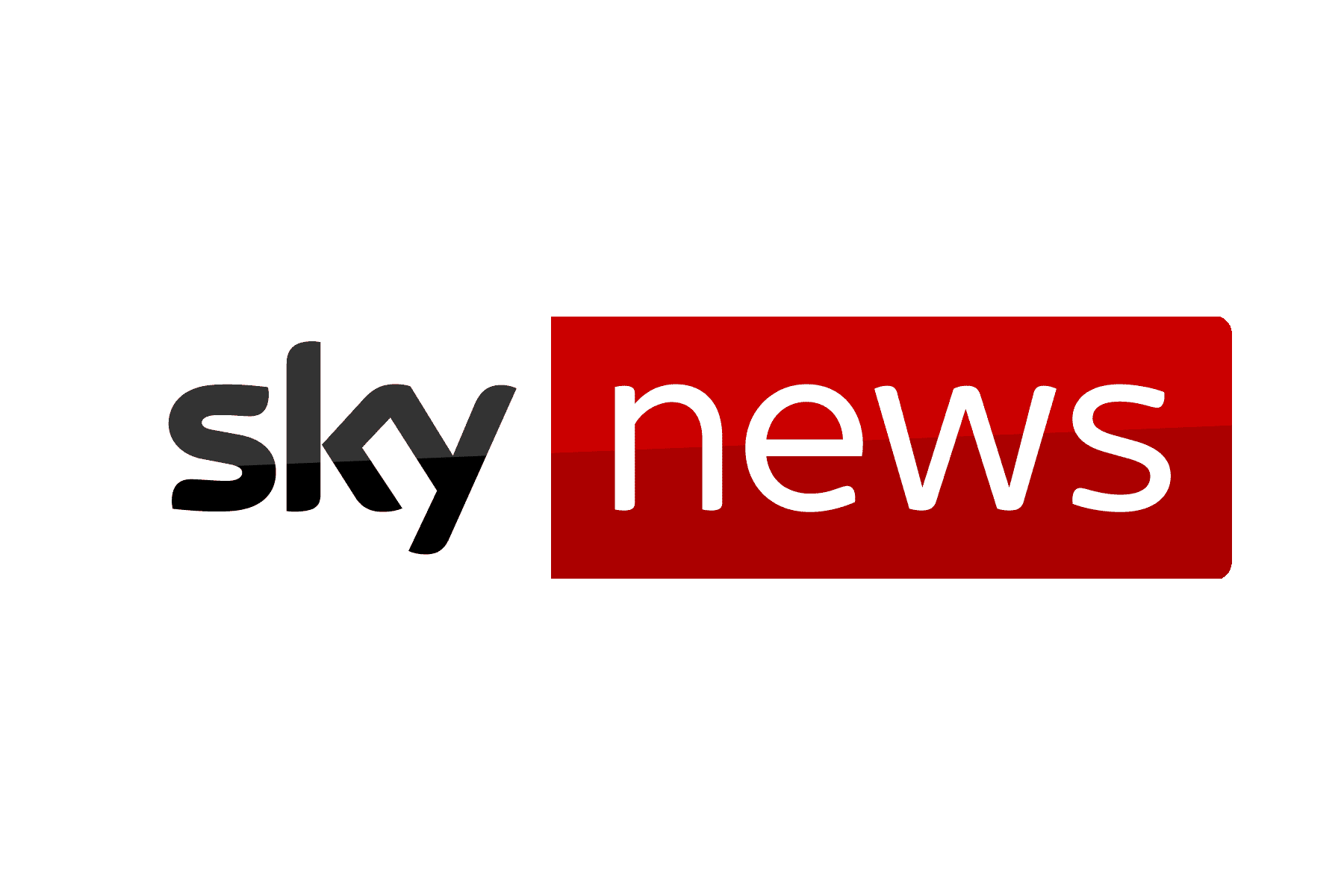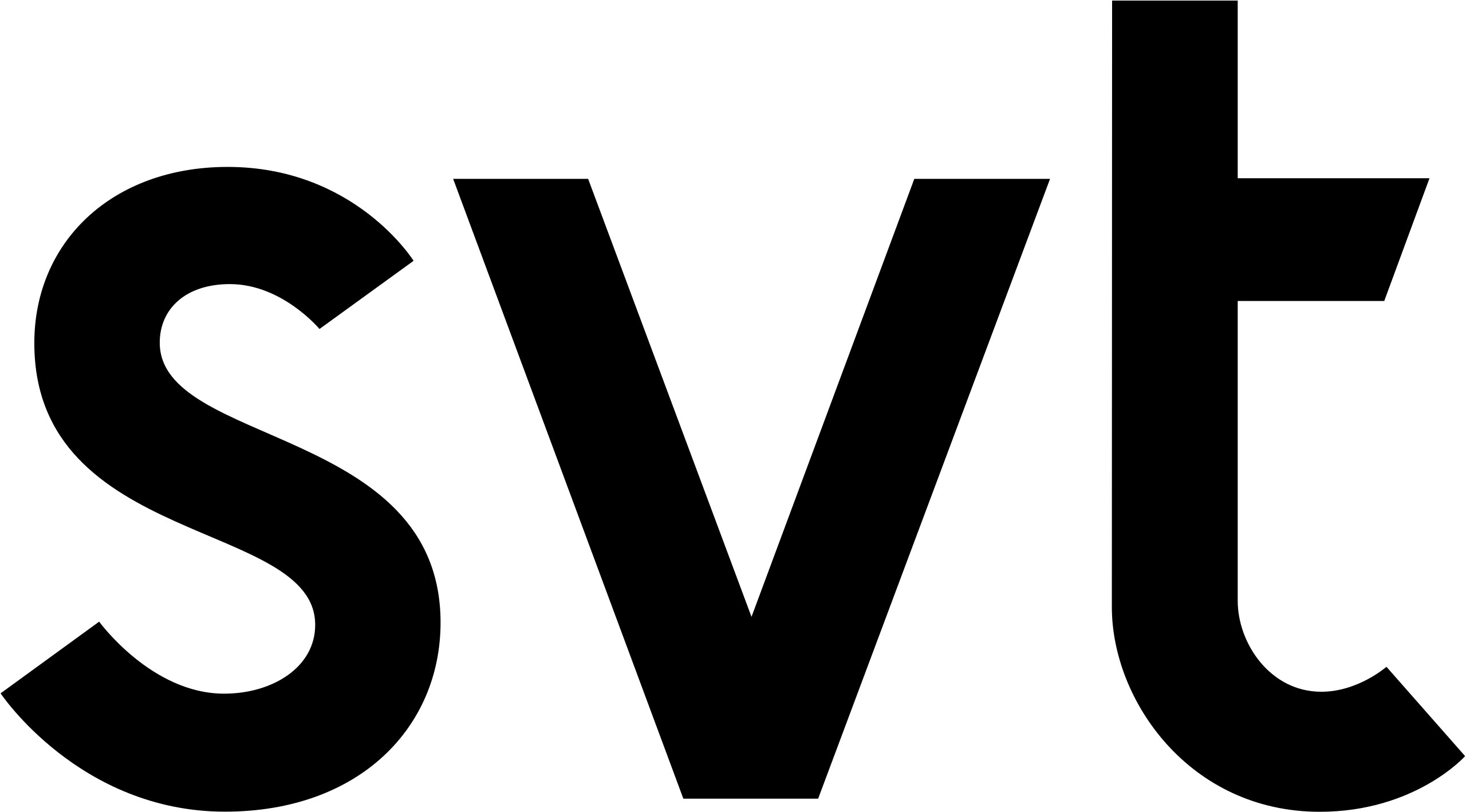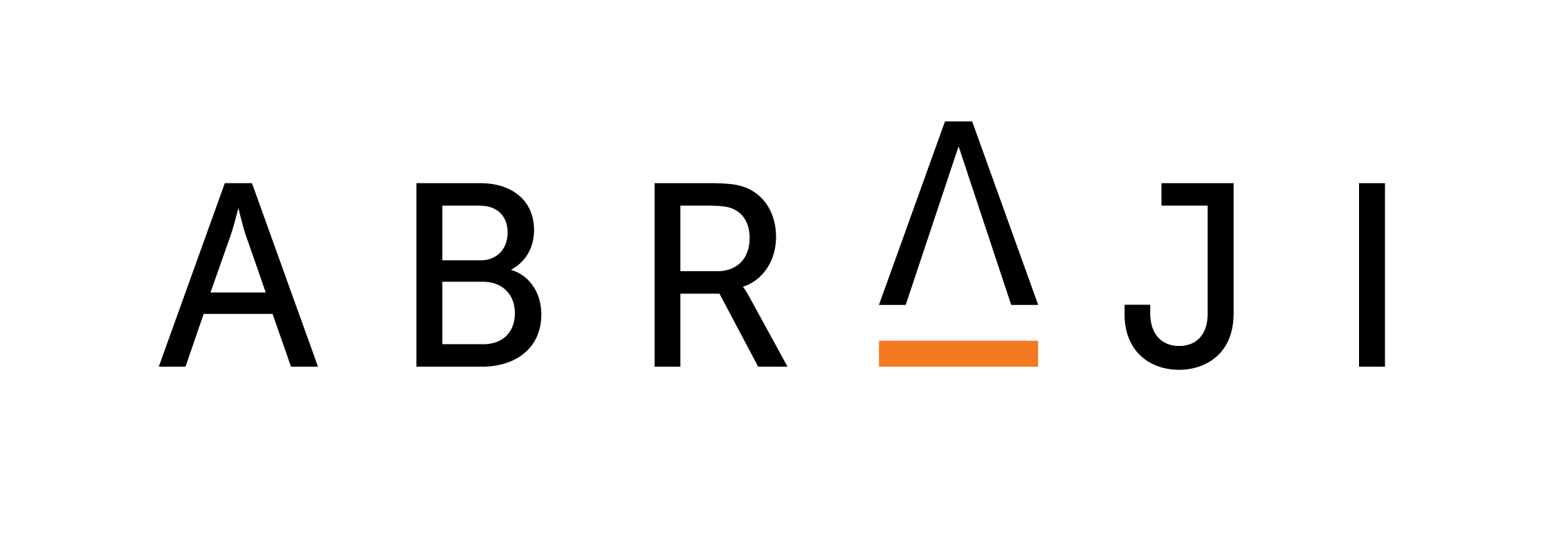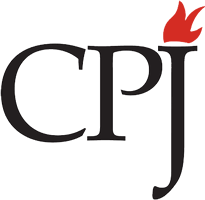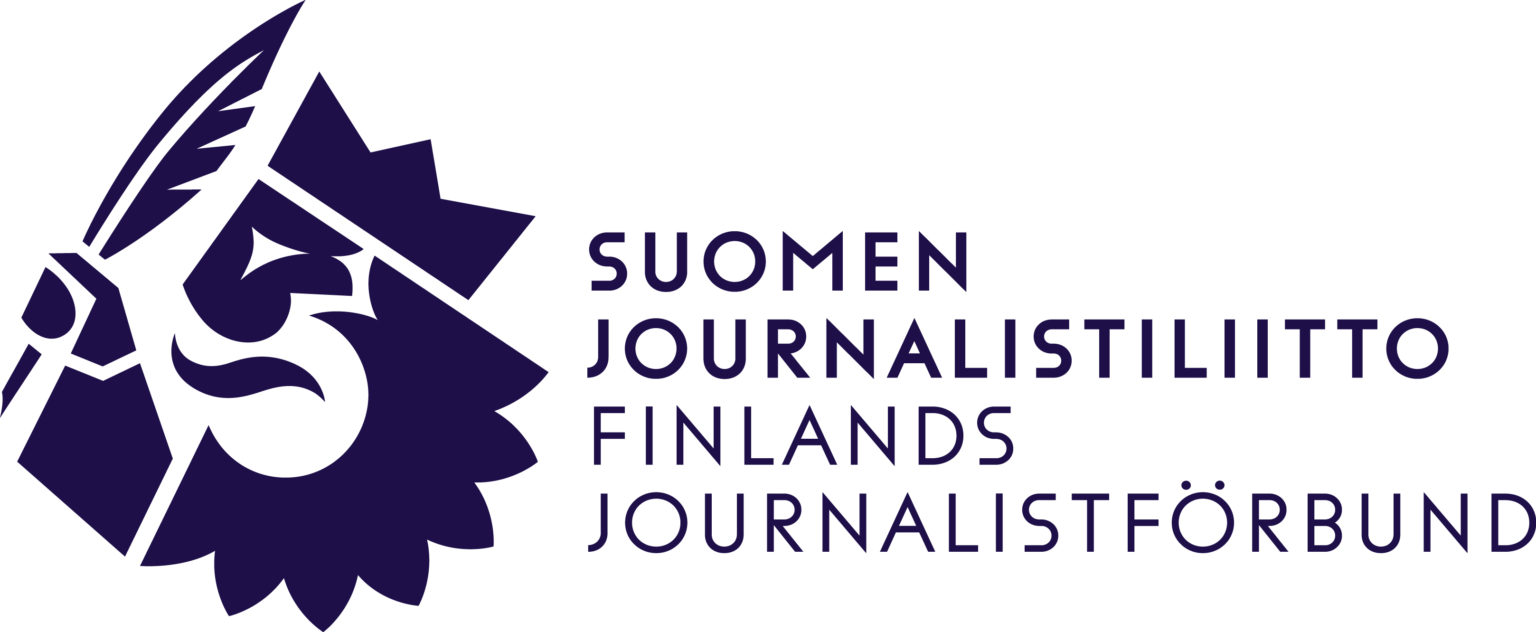Adventure travel programming takes television crews to some of the most extreme, remote and challenging environments on Earth. Recently back from his assignment, seasoned documentary producer and director Frederick Martin told INSI about his exhilarating, but particularly challenging, filming trip through the Congolese rainforest...
When I was asked to direct a documentary series with British presenter Ben Fogle on a journey across the Republic of the Congo, I was both thrilled and apprehensive. Having made many similar films before, I knew it was right up my street but also how tricky it could easily get.
The ambition for the series was to undertake a truly epic adventure: visit traditional communities deep in the wilderness; encounter majestic wildlife face-to-face; experience Brazzaville's vibrant urban culture, and learn about Congo's colonial history and recent conflicts along the way.
This would be a 1500 kilometre road-trip across Congo, whilst filming an ambitious 3-part adventure series.
But there was a catch. We would only have 18 days - start-to-finish, all travel included. I knew from experience it was going to be nip-and-tuck, but also that there are some things you can’t take any shortcuts for, such as keeping the team safe and treating the subject and our contributors with due care and consideration.
Recce to get it right
There are three main things an adventure series like this one requires to be successful: meticulous planning, a healthy slice of good fortune and a great team. At short notice, we managed to assemble a small but formidable crew, all highly experienced working in difficult environments, remote locations and with remote communities: Director of Photography Pete Allibone, Producer Beki Henderson, Sound Operator Edna Bonareri and local producer/fixer Horeb Bulambo.
Congo’s logistical challenges were a daunting prospect: we would have to navigate terrible roads, hazardous river-crossings and a dense jungle inhabited by wild animals - some quite large. Safety concerns ranged from remote trauma evacuation, tropical diseases and parasites, and vehicle safety, to unruly crowds at a chaotic wrestling event and filming the mighty rapids of the Congo River–one of the most dangerous stretches of water on Earth.
With so many potential dangers and a tight filming schedule, we knew a pre-filming recce was essential, so two weeks after starting production I embarked on a week-long trip covering the entire journey we'd travel on the shoot. Although 90% of my time was spent bumping along dusty tracks, the other 10% was an opportunity to see locations in person and plan.
It was also an opportunity to vet vehicles and drivers – almost anywhere in the world you film, the most likely cause of serious injury is a road-traffic accident. I always make sure to check the condition of tyres and seat-belts before setting off. It’s always worth reiterating to your fixer the importance of experienced and level-headed drivers before you arrive - but the only true test is being in the vehicle with them. In this instance, our careless driver lost control on a slippery jungle track and almost flipped the vehicle into a river – needless to say, his services weren't required on the shoot.
Importantly, the recce gave me face-time with our local fixer to understand and troubleshoot the multitude of challenges we faced. It allowed me to understand the real-life logistics of our journey and local pit-falls such as impassable roads or the idiosyncrasies of local ferry schedules (“oh no, the ferry stops at 12pm on a Friday”) which could have left us stranded overnight on the shoot. The recce was also an opportunity to meet contributors to explain how we work but also explore new ideas for filming - at this point I was still in search of local stories and characters, so my visit provided vital research. For example, local communities near our gorilla research station held rite-of-passage ceremonies for young boys around the time of our shoot but to gain their trust and be invited to film, it was necessary for me to visit in person.
Not every project requires a recce – I've done plenty without - but this one was essential.
Glimpsing the silverback
Two weeks after the recce trip, I was back in Brazzaville with the film crew and the shoot was underway.
The Republic of the Congo is a smaller and more stable country than its neighbour the DRC. This makes it a safer place to operate but it's also a relative back-water when it comes to film-making services: experienced fixers are hard to find and suitable off-road vehicles in short supply (and expensive – close to $500 each per day). Another challenge is the country's lack of infrastructure: fuel supplies are unreliable in the North, so our vehicle convoy included a pick-up loaded with enough petrol for the whole 2-week journey. Remote-location filming is where planning is most essential - for efficiency and also safety.
In some parts of the Congo it can seem like everything's out to get you – dangerous roads, parasites, extreme weather and swarms of biting insects to name a few we encountered ourselves – so we travelled with a safety advisor who doubled as a remote-trauma medic. A reassuring presence in many ways, his expertise extended to setting up jungle-camps, which bought us vital filming time and saved the crew haplessly rigging hammocks in the dark!
Our first main filming location was the Odzala-Kokoua National Park, where we hoped to film Western Lowland gorillas in the wild – but we only had two days to do it. Besides a brilliant production team, projects like this require fantastic collaborating partners to bring story ideas to life. At Ngaga Camp, Kamba African Rainforest Experiences and Sabine Plattner African Charities (SPAC) run a combined gorilla research station and eco-tourism lodge. Theirs is a science/tourism model that's vital to protecting some of Africa's most endangered wildlife. Before daybreak we set off into the rainforest: the team's expert trackers keep tabs on overnight 'nesting' locations of three separate family groups of gorillas but they can still be hard to find – let alone film!
The main risks for this story concern the safety of the gorillas themselves - we kept our team to a maximum of 3 crew to remain as discreet as possible and all wore surgical masks to prevent any risk of passing disease to the animals. Researchers at SPAC always keep a minimum distance of 7-10 metres from the gorillas to ensure the animals maintain their natural behaviour, as well as keeping human-gorilla encounters to a maximum of one hour per day. With thick undergrowth to contend with, this can make observing them extremely difficult.
Thankfully on this day our luck was in – after a few hours’ hiking we found ourselves in the middle of a gorilla family digging for roots in an open area and even managed to film the often-elusive silverback going about his business. It was a truly magical experience to observe and film these majestic creatures up close in their natural habitat.
Bushmeat escapades
The next day we were back on the road, heading North into an even more remote rainforest region. Along the way, we stopped off in the town of Ouesso to spend the night. On the banks of the Sangha river - a major tributary of the mighty Congo river – Ouesso is a regional hub for natural resources harvested from Congo's vast forests, including minerals, timber and bushmeat, a staple of the local diet – animals such as crocodiles, porcupines and monkeys are sold widely in local markets. Trade in many species is perfectly legal but increasing demand for bushmeat and the poaching of protected animals means there are sustainability concerns.
We wanted to film a bushmeat market to see what was for sale and speak with local traders. Knowing it can be a sensitive subject, we sought out the market manager to act as our escort and kept our crew to a minimum. Unfortunately, a powerful local politician happened to be drinking nearby and wasn't pleased to see a foreign film crew. We were quickly surrounded by an angry and inebriated mob threatening to destroy our equipment and worse. Thankfully, our street-smart fixer Horeb managed to defuse the tension through a combination of deference, flattery and purchasing plates of fried-chicken. We escaped unscathed but it was a reminder of the layers of power and politics in a place like Congo and how quickly situations can become heated and potentially dangerous if you’re not careful.
Bayaka tribe
We were heading deeper into the forest to visit a community of Mbendjele BaYaka - traditional hunter-gatherers who've thrived in this vast wilderness for millennia – but to reach them we had to pass through the logging town of Pokola. The Congo government recently handed over more than 300,000 hectares of virgin rainforest to logging concessions and Pokola has grown from a sleepy fishing village into an industrial town home to some 25,000 people. As we drove through town, long lines of trucks laden with massive ancient hard-wood trunks spoke to the scale of timber extraction underway in these forests. We stopped to pick up a few supplies but kept a low-profile and quickly got back on the road – deforestation is an increasingly sensitive subject across this region and logging company officials had already questioned us about our business in Pokola on our recce visit. Although we had the correct permits to film in the region, the risk remained we could be detained and lose vital time, or even be prevented from continuing our journey, if deemed hostile journalists by the authorities.
Safely clear of Pokola, we headed deeper into the forest. Although I’d visited the Mbendjele camp on my recce and been blown away by their warmth and joyful culture, the fact they’re semi-nomadic can make their movements unpredictable and I was anxious to know if they’d still be there. Until a few years ago, reaching the Mbendjele would have taken days of trekking through dense jungle but the logging-roads which now criss-cross the forest have shortened the journey considerably. I was keenly aware that while these access roads were a blessing for our tight schedule, they also represent the most serious threat to the forest and the Mbendjele way of life that existed in near-total isolation for centuries.
After a few hours' bumpy drive we reached the end of the road and a small Bantu village (a larger ethnic group who recently moved into this region) not far from the Mbendjele camp. This allowed us to set up our own camp consisting of tents and hammocks slung between trees, a drop-toilet and bucket-shower area and basic cooking facilities, meaning most of our crew could come in and out of the forest daily to minimise disruption to the Mbendjele.
Music through the trees
In the afternoon we prepared our equipment and set out into the jungle. Just in time, as night was falling, we heard strains of music through the trees, which built to a crescendo of noise as we reached the Mbendjele camp. I'd heard Mbendjele hospitality was the stuff of legend but nothing could have prepared me for this! The entire 100-strong community was singing, drumming, dancing together in unison to greet us like a single organism exploding with pure happiness. Sucked into the chaos, time flashed by in a blur of writhing bodies, pulsating rhythms and laughing faces as we tried our best to capture the essence of this wonderful scene with our cameras. It's the single most powerful expression of human joy I've ever witnessed.
The Mbendjele were keen to show us their culture and over the next few days in the company of our hosts Rufin and Myra, we immersed ourselves in daily life around the camp, filming as they repaired their small huts made of sticks and leaves, prepared meals and performed ritual spirit-plays to honour their forest home. It was fascinating to observe the egalitarianism at the heart of their culture – there's no obvious social hierarchy, everything is shared equally and people keep very few personal possessions.
Above all, life for these hunter-gatherers revolves around finding enough food to feed the community, so one day we joined them on the hunt for their favourite sweet treat – honey!
Honey-gathering Mbendjele-style is extremely dangerous, involving huge trees and fierce wild bees. Injuries and even deaths are not uncommon but sugar is scarce in the forest and honey is vital for their survival. Mbendjele men are expert tree-climbers but I have to confess as our chief honey-hunter Jean shimmied up to a height of more than 20 metres with only a vine around his waist supporting his entire body-weight, I was terrified for his safety.
As a production, we employ safety advisors, write detailed risk-assessments and make evacuation plans for every activity we undertake. But filming in extremely remote locations comes with inherent risk and daily life for the Mbenjele is a struggle for survival – that's an important part of what we were there to document. As the person ultimately responsible for the safety of our crew and contributors, it's a huge responsibility and a stressful part of the job. To my huge relief, Jean made it down safely, leaden with delicious honey to share with the community and his daring exploits became one of the most spectacular moments of our series.
Respecting your host
One of the most important challenges for any filmmaker is honouring our responsibility to our on-screen contributors, particularly when it comes to vulnerable groups. I'm passionate about working with traditional societies – they can teach us so much about relating to each other and the natural world around us. But working with them comes with great responsibility: how to convey their message appropriately, cause minimal impact on their communities and treat them with dignity and respect at every stage of the process – on location and through the edit.
When time is limited it's vital to focus on cultivating strong bonds to build trust, something I worked hard to do both on the recce and during the shoot. We brought an experienced local Mbendjele translator with us on location, who helped us understand how to behave appropriately and also work through any moments of tension or miscommunication. In pre-production and throughout the editing process we also collaborated with a consultant anthropologist and translator, which was critical to understanding the Mbendjele's expectations for the project and helping them feel comfortable sharing their lives, culture and community with us.
I'll be forever grateful that they did – spending time with the Mbendjele was the experience of a lifetime.
Photos: Frederick Martin
‘Into The Congo With Ben Fogle’ was broadcast on Channel 5 in February 2024 and available on the My5 player
https://www.channel5.com/show/into-the-congo-with-ben-fogle


